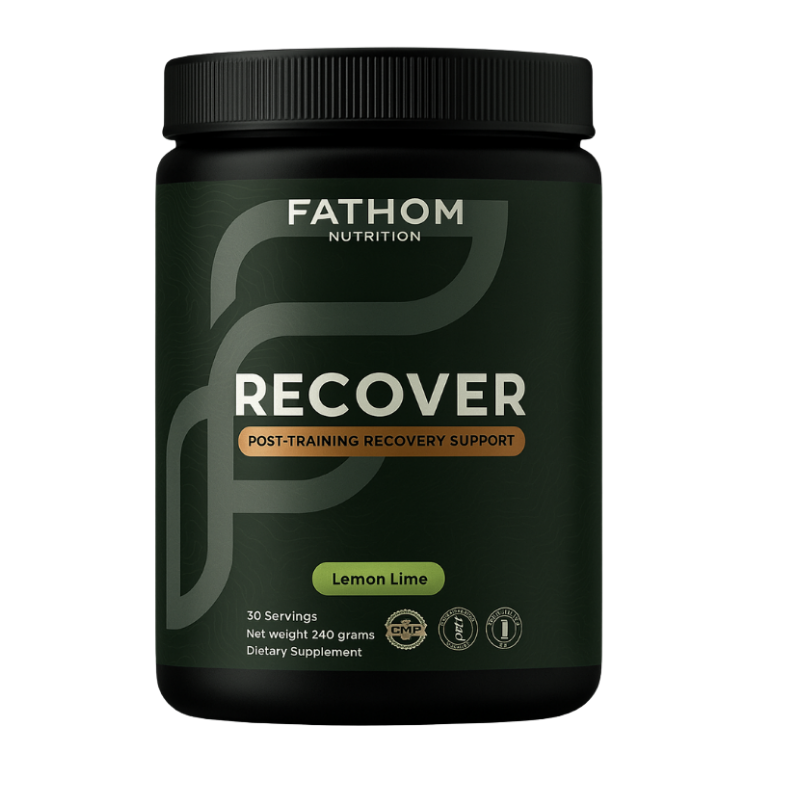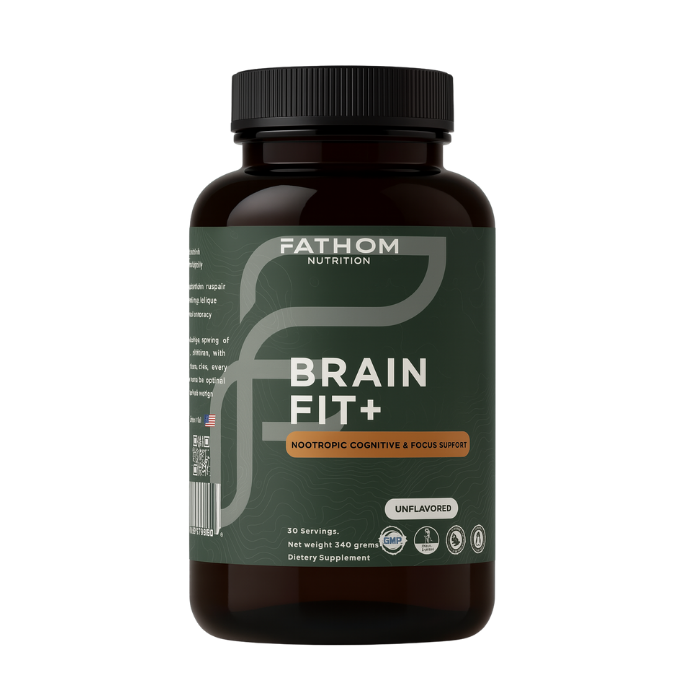Hybrid Training: A Complete, Science-Driven Guide to Building Strength and Endurance Together

Hybrid training blends resistance work and endurance work inside the same training week and often inside the same day. It aims to maintain or increase maximal strength and muscle size while raising aerobic capacity, fatigue resistance, and metabolic health. The promise is broad physical capacity with a single program. The challenge is interference, the phenomenon by which adaptations to one modality can partially blunt adaptations to the other if volume, sequence, and recovery are mismanaged. A careful reading of the literature shows the interference effect exists yet is conditional, modifiable, and smaller than many assume when you design the plan with physiology in mind. PubMed+1PMC
What “interference” actually means
The classic Hickson trial was the first to report that combining high volumes of endurance work with strength training flattened strength gains compared with strength training alone. Later meta-analysis refined the signal and showed that interference is most evident for lower-body strength and power, is strongly influenced by endurance modality, and is far less of a concern for upper-body outcomes. Running paired with lifting blunted lower-body strength and hypertrophy more than cycling, likely because of eccentric muscle damage and joint-specific fatigue. Modern meta-analyses further indicate that the average effect size is small, is moderated by sex and training status, and is far from inevitable with intelligent programming. PubMed+1PMC
At the molecular level the picture is nuanced rather than adversarial. Resistance exercise emphasizes mTORC1 signaling that promotes myofibrillar protein synthesis and growth. Endurance exercise activates AMPK and PGC-1α pathways that drive mitochondrial biogenesis and capillary density. Under certain conditions AMPK-linked signaling can inhibit mTORC1 activity, creating a plausible mechanistic route for diminished hypertrophy when endurance is layered improperly onto lifting. Yet order, spacing, intensity, and accumulated damage all modulate this crosstalk and allow both signaling environments to be expressed across a week if you plan the inputs cleanly. PMCAmerican Chemical Society Publications
Order and spacing: when you do each modality matters
Two practical levers consistently help. First, sequence. When sessions are combined in the same visit, placing strength before endurance produces slightly better strength outcomes without impairing aerobic improvements. When sessions are split across the day, allowing several hours for refueling and phosphocreatine restoration raises the quality of the second bout. A pragmatic benchmark is at least six hours between demanding modes on days that must include both. Second, modality. Pairing lifting with cycling generally interferes less with leg strength than pairing lifting with running, especially when the run is high impact or long. FrontiersPMCResearchGatePubMed
Volume and frequency: what the “dose ceiling” looks like
Interference scales with endurance frequency and volume. Meta-analytic data and narrative reviews converge on the pattern that two weekly endurance sessions rarely disturb strength or muscle accrual when total lifting volume is adequate, while three or more endurance sessions raise the chance of blunting lower-body strength unless other variables are managed. Power is the most sensitive quality and will be the first to degrade when endurance work is frequent, long, and intense. For trained athletes the interference signal on aerobic adaptations is small. For untrained people, large increases in endurance work can paradoxically limit VO₂max progression under concurrent schedules if the week is poorly organized. PMC+1SpringerLink
A framework for a “high-yield” hybrid week
Design the week around three anchors.
Anchor one: the priority lift. Place your heaviest and highest-skill lifts on days protected from fatiguing run sessions. Train these lifts in a fed state, near the time of day when you feel strongest, and allow that session to be the driver for progress in force and size. Sequence it before any conditioning that day if you must combine modes. Frontiers
Anchor two: the aerobic base. Accumulate most endurance minutes at low to moderate intensity to cultivate mitochondrial density and capillary networks without impairing lifting quality. A polarized distribution, with most minutes easy and a small fraction hard, consistently improves VO₂peak in endurance populations and protects recovery in mixed programs. PMC
Anchor three: the hard metabolic bout. Place high-intensity intervals or race-pace efforts on a day separated from heavy squats and pulls. If you must pair them, run intervals after lifting and bias the intervals toward cycling or incline hiking to reduce eccentric damage. Space strength and intervals by many hours whenever possible. PubMed
Sample templates
These are not prescriptions but scaffolds that apply the evidence.
Three-day hybrid
Day 1: Full-body strength emphasis. Optional ten to twenty minutes low-intensity cycling as a cool-down.
Day 2: Easy aerobic session thirty to sixty minutes. Mobility and tissue work.
Day 3: Strength emphasis with secondary lifts. Finish with short accelerations or strides if you run.
Four- or five-day hybrid
Two strength days protected from running. One high-intensity endurance session on the bike or rower. One or two easy aerobic sessions for volume. If you double, lift in the morning and place easy cycling later, or reverse on alternate weeks to balance skill and stress. FrontiersPubMed
Nutrition that keeps both adaptations online
The hybrid athlete needs enough energy and enough protein, delivered at the right times to support the day’s dominant stimulus. Total daily energy sufficiency is the guardrail. Under-fueling raises cortisol, compromises menstrual function in women and testosterone in men, and erodes training quality. Meet or exceed energy needs on high-volume weeks and bias carbohydrate toward sessions that must be performed fast or hard.
Protein targets are well characterized. A daily intake near one point six grams per kilogram body mass reliably supports muscle accretion under resistance training, and a ceiling near two point two grams per kilogram captures individual variability. Per meal doses near zero point four grams per kilogram distribute the signal for muscle protein synthesis across the day. After heavy lifting, any high quality protein source that meets the dose will suffice; timing matters less than total daily intake when protein is adequate. PubMed+1
Carbohydrate periodization can amplify mitochondrial signals without sacrificing performance when used sparingly. Short “sleep-low” blocks, where you perform an evening high intensity session with ample carbohydrate, restrict carbohydrate overnight, and perform an easy session the next morning before refeeding, have improved economy and time trial performance in trained athletes in controlled studies. The effect is protocol dependent and not universal across meta-analyses, so treat it as an occasional tool, not a lifestyle. Keep high quality lifting and key interval days well fueled. researchonline.ljmu.ac.ukPubMedBioMed Central
Caffeine enhances endurance, sprint, and strength tasks for many people at three to six milligrams per kilogram and can be placed before either dominant modality. Personalize dose and avoid late day intake to protect sleep. Creatine monohydrate does not harm endurance training and supports repeated sprint ability, strength, and high intensity work with excellent safety; five grams daily is the simple, effective approach. Beta-alanine can extend capacity in efforts lasting one to four minutes, which may benefit interval days. BioMed Central+2BioMed Central+2
Recovery, sleep, and load management
The hybrid program succeeds when recovery scales with stress. Sleep extension improves performance in trained athletes and buffers reaction time, mood, and perceived effort. Aim for sufficient time in bed to consistently achieve high quality sleep and treat light exposure, temperature, and pre-sleep routine as training variables. On heavy weeks, protect the night after the hardest double from late caffeine and bright light so that the next day’s baseline is restored. PMCPubMed
Rapid spikes in workload are a known injury risk in team and running sports. While the acute to chronic workload ratio is debated as a predictive model, the core idea that abrupt increases in distance or intensity increase injury probability is supported across multiple analyses. Grow volume progressively, avoid stacking maximal lifting with maximal running in the same twenty four hours unless you are highly conditioned, and check that tissue tolerance is keeping pace with ambition. British Journal of Sports MedicinePMC
Putting it together: goal-driven weekly examples
Goal: maximize strength while building an aerobic base
Monday: Heavy lower-body strength. Optional short easy spin in the evening.
Wednesday: Upper-body strength plus accessories.
Friday: Heavy lower-body strength.
Saturday or Sunday: Long easy zone two ride or brisk uphill hike. All endurance minutes at conversational pace. If you crave intensity, insert six to eight short cycling surges late in the easy session rather than formal intervals. Sequence strength before any same day endurance. PMCFrontiers
Goal: balanced strength and endurance with one hard metabolic day
Monday morning: Full-body strength emphasis. Monday evening: Easy thirty to forty five minute spin.
Wednesday: High-intensity intervals on the bike or rower.
Friday: Full-body strength with emphasis on pulls and posterior chain.
Sunday: Easy run thirty to forty five minutes on soft surfaces or an additional aerobic ride. Maintain at least six hours between hard bouts on double days. ResearchGate
Goal: hybrid athlete with running specificity
Prioritize eccentric load management. Keep long runs away from heavy squats, and use flat or soft surfaces for speed work. When pairing run and lift, lift first and keep the run short and technical with strides or hill accelerations. Use cycling for many of the aerobic minutes to reduce interference with lower-body strength. PubMed
Common mistakes and how to avoid them
People get into trouble when they add more endurance sessions without removing somewhere else, when they stack high impact running with heavy squats on the same day, and when they chronically train hard in a low energy state. Training three endurance days each week plus three lifting days is viable, but only when the endurance exposure is mostly easy, the high intensity day is separated from heavy legs, and calories and sleep expand to meet the load. People thrive when they pick a dominant quality for each mesocycle, keep the other quality on maintenance volume, and then rotate emphasis across eight to twelve weeks. PMC
Frequently asked questions
Will hybrid training kill my leg strength. Not if you manage modality, sequence, and volume. The largest and most consistent interference appears for lower-body power when frequent or high impact endurance sessions are stacked with heavy leg work. Cycling tends to interfere less than running, and placing strength before endurance helps preserve strength. PubMedFrontiers
How many endurance sessions can I keep while chasing size. Two easy sessions per week rarely blunt hypertrophy when the lifting program has sufficient volume and proximity to failure. If you need three or more endurance sessions, make two of them easy rides and keep the long run away from heavy squats. PMC
Does order matter if I only have one hour. Yes. Lift first, then condition. The strength signal is slightly favored with that order, and VO₂max improvements are not impaired by it. If you can split sessions, allow six or more hours between hard bouts. FrontiersResearchGate
What protein target should I use. A daily intake near one point six grams per kilogram body mass with per meal doses around zero point four grams per kilogram is a robust starting point for most hybrid athletes. Distribute across three or four meals as appetite allows. PubMed+1
Which supplements are actually useful here. Caffeine for effort and performance if you tolerate it, creatine monohydrate for strength and repeated sprints year-round, and beta-alanine for interval days in efforts lasting one to four minutes. None replaces food or sleep. BioMed Central+2BioMed Central+2
Bottom line
Hybrid training works when the week respects biology. Keep heavy lifts protected, stack most endurance minutes at easy intensities, reserve a single hard metabolic bout for a day away from heavy legs, and sequence strength before conditioning when sessions must be combined. Fuel to the demands of the day, meet protein targets, use caffeine, creatine, and beta-alanine judiciously, and extend sleep on heavy blocks. The interference effect is real but manageable, and the outcome of an intelligent hybrid plan is simple to recognize: you get strong, you get durable, and you can go long without giving up the ability to move heavy loads. PubMedFrontiersPMC
References:
-
Hickson’s foundational concurrent training study and modern meta-analyses clarifying where and when interference occurs, including the modality effect and sex differences. PubMed+1PMC
-
Mechanistic work on AMPK and mTORC1 signaling, and how order influences these pathways during same-day sessions. PMC+1American Chemical Society Publications
-
Practical spacing guidance and within-day recovery windows for minimizing performance decrements when doubling. ResearchGate
-
Polarized endurance distribution for raising VO₂peak with minimal recovery cost in mixed programs. PMC
-
Nutrition and supplementation position stands and meta-analyses on protein intake, caffeine, creatine, and beta-alanine for athletes. PubMed+1BioMed Central+2BioMed Central+2
-
Sleep extension and athletic performance, with practical implications for recovery in hybrid schedules. PMCPubMed











